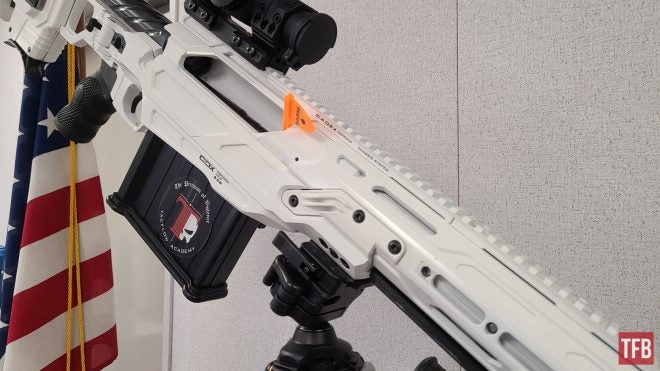In Part 1 of the TacFlow Academy Large Caliber Rifle Instructors Course, I covered training, safety, and the standards. Now, in part two, we’ll take a deeper dive into equipment, shooting position, and something called “The Three Ugly Sisters”. Let’s dive back in and see what information you know or need to know before your next trip to the range.
The author is a Type 07/02 FFL/SOT RP. This was a closed LE-only course with pre-approved rifles and ammunition, and the author’s attendance was requested for demonstration and instructional purposes. Know and understand all local, state, and federal laws.
TacFlow Academy’s Large Caliber Rifle Instructors Course – Part 2
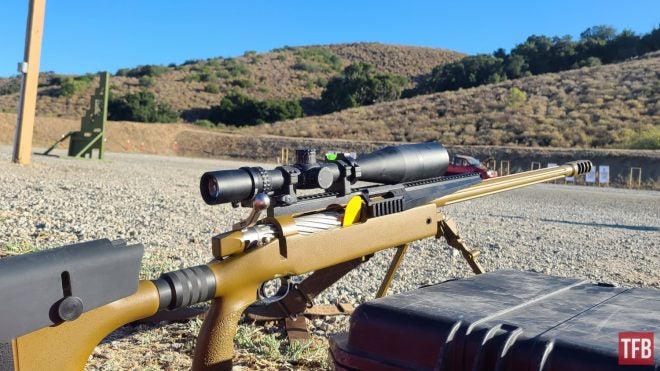
TacFlow Academy’s Large Caliber Rifle Instructors Course – Part 2
Know Your Equipment
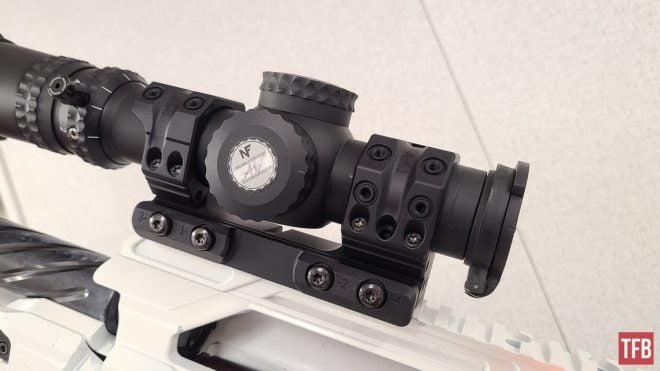
TacFlow Academy’s Large Caliber Rifle Instructors Course – Part 2
When’s the last time you checked your scope rings or cross bolts to see if they were torqued properly? Was it when you first installed the optic? Have you checked the torque since? You need to be able to trust your equipment when you’re on the firing line. So trust, but verify. When in doubt about torque specs, please refer to the manufacturer’s supplied torque specs. These are easy to find with a quick google search but should be noted in your log book. For added peace of mind, use nail polish or a marker to mark your bolts after they’ve been properly torqued.
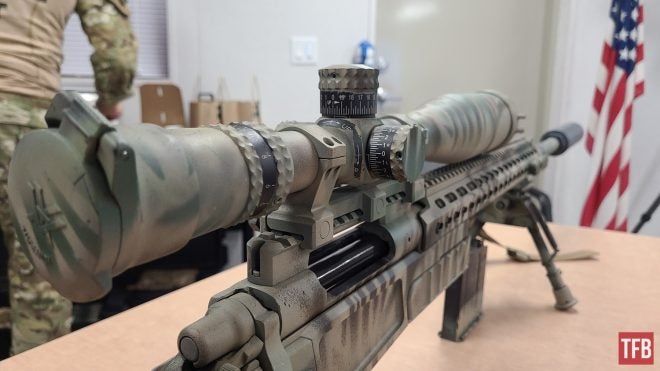
TacFlow Academy’s Large Caliber Rifle Instructors Course – Part 2
Precision shooters will have data on previous engagements or DOPE. Keep in mind this needs to take into account a lot of different variables for ammunition and environment. In addition to your DOPE, documenting total round count, torque checks, and when cleaning/maintenance was performed is equally valuable. This information is even more vital when department rifles, such as these, are being used by multiple shooters.
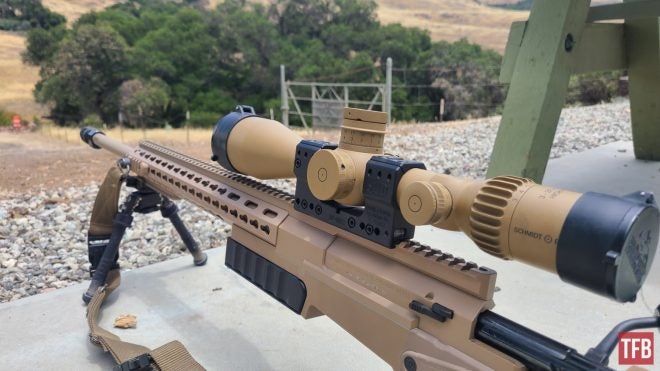
TacFlow Academy’s Large Caliber Rifle Instructors Course – Part 2
A pre-shot checklist is something all shooters should do to make sure their equipment is ready at all times. This includes a front-to-back rifle check, checking your bore, checking scope turrets/stadia lines, optic magnification, and (if applicable) making sure your suppressor is mounted correctly.
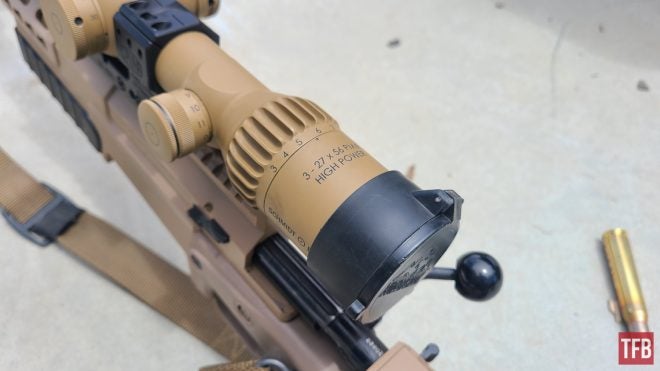
TacFlow Academy’s Large Caliber Rifle Instructors Course – Part 2
A post-shot checklist is just as important. Resetting your windage/elevation, magnification, parallax, stadia lines, and recording your data ensures your rifle will be ready the next time you need it. Or in this case, when someone else in your department needs it. Doesn’t matter if you’re a civilian/LE/MIL, no one likes getting behind a rifle with the optic magnification maxed out.
Natural Point of Aim
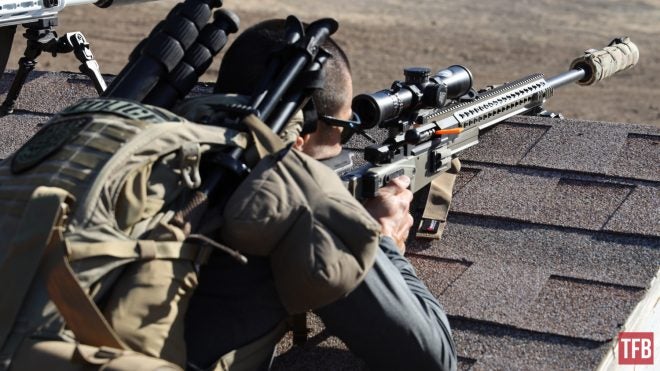
TacFlow Academy’s Large Caliber Rifle Instructors Course – Part 2
There are five fundamental elements of marksmanship. These are your natural point of aim, sight picture, breathing, trigger control, and follow-through. Let’s break these down one by one.
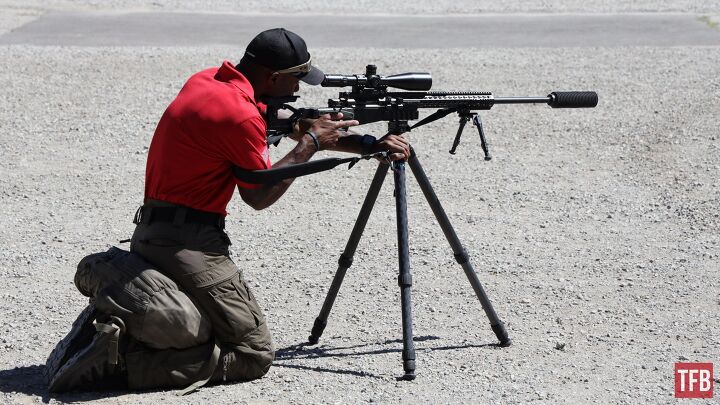
TacFlow Academy’s Large Caliber Rifle Instructors Course – Part 2
Your natural point of aim is how you line up behind the rifle. This is something that’s easy to forget when shooting smaller caliber rifles, so remember to check yourself. Your barrel should be in line with the inside of your thigh and your body straight behind the rifle. Remember, spine in line and you’ll have a good time.
From here it’s time to check your sight picture. Make sure you have enough eye relief and make any needed adjustments to the optic now ensuring the reticle is crisp without any scope shadow around the edges.
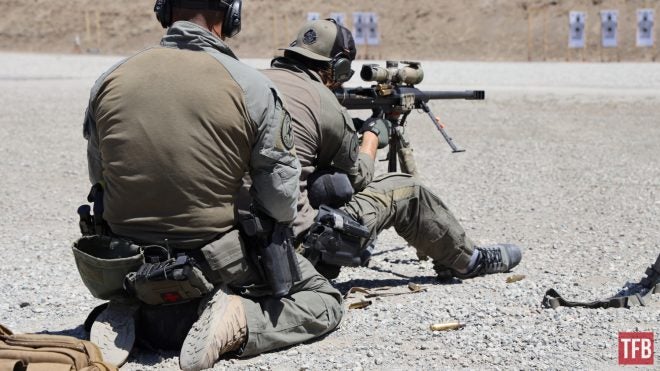
TacFlow Academy’s Large Caliber Rifle Instructors Course – Part 2
Breathe. After >1.5 seconds your body can start to enter oxygen deprivation, so it’s important to breathe normally. Now that you are behind the rifle and breathing normally, it’s time to send that round downrange. Float your thumb over to the opposite side of the grip (if possible, heavier triggers may require a standard thumb around grip). Now pull that trigger 90 degrees straight back towards you.
Now follow through. When you break that shot, make sure you’re pulling the trigger all the way to the rear before releasing the trigger. Do not disturb the rifle until the projectile has exited the muzzle. This is the most often violated fundamental of marksmanship, so pay attention to how you’re breaking your shots. A trick I’ve found is to have someone record your trigger finger as you fire. This gives you a chance to review yourself afterwards.
The Three Ugly Sisters
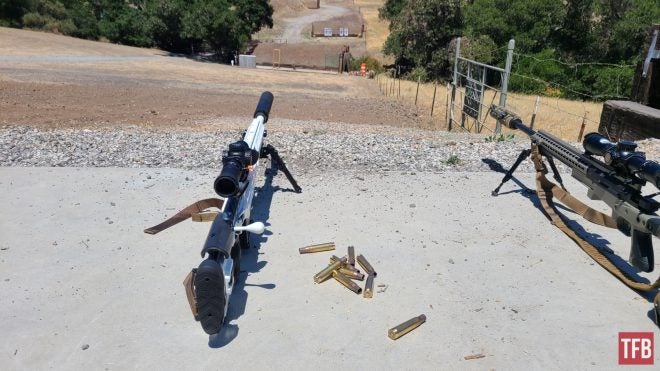
TacFlow Academy’s Large Caliber Rifle Instructors Course – Part 2
No, I’m not picking on anyone’s family members. The Three Ugly Sisters refer to three nasty habits that you need to avoid when shooting any firearm. The Three Ugly Sisters are flinching, bucking, and jerking. If you’ve been shooting long enough, you’ve probably seen one or all three at your local range. Flinching is the most common and often manifests as people closing their eyes before or while the shot breaks. Bucking is the anticipation of recoil where the body tenses up and pushes the firearm forward before firing. Lastly, jerking refers to jerking the trigger rearward instead of pulling through with a smooth trigger press.
What’s the easiest way to find out if you’re doing any one of these? Have a friend load your magazine with the random snap cap, and focus on your target when you break the shot. You should be able to spot the impact or maybe spot one of the three ugly sisters. If you’re struggling, re-evaluate your shooting position and account for any fatigue that may have set in. Remember, safety is always the first priority.
As mentioned in the first article, and due to the length of the class, this is the second part of a three-part series covering material learned. So stay tuned. Special thank you to Ultimate Ammunition for providing the ammunition for this trip, and to TacFlow Academy for the invitation.
 Your Privacy Choices
Your Privacy Choices
